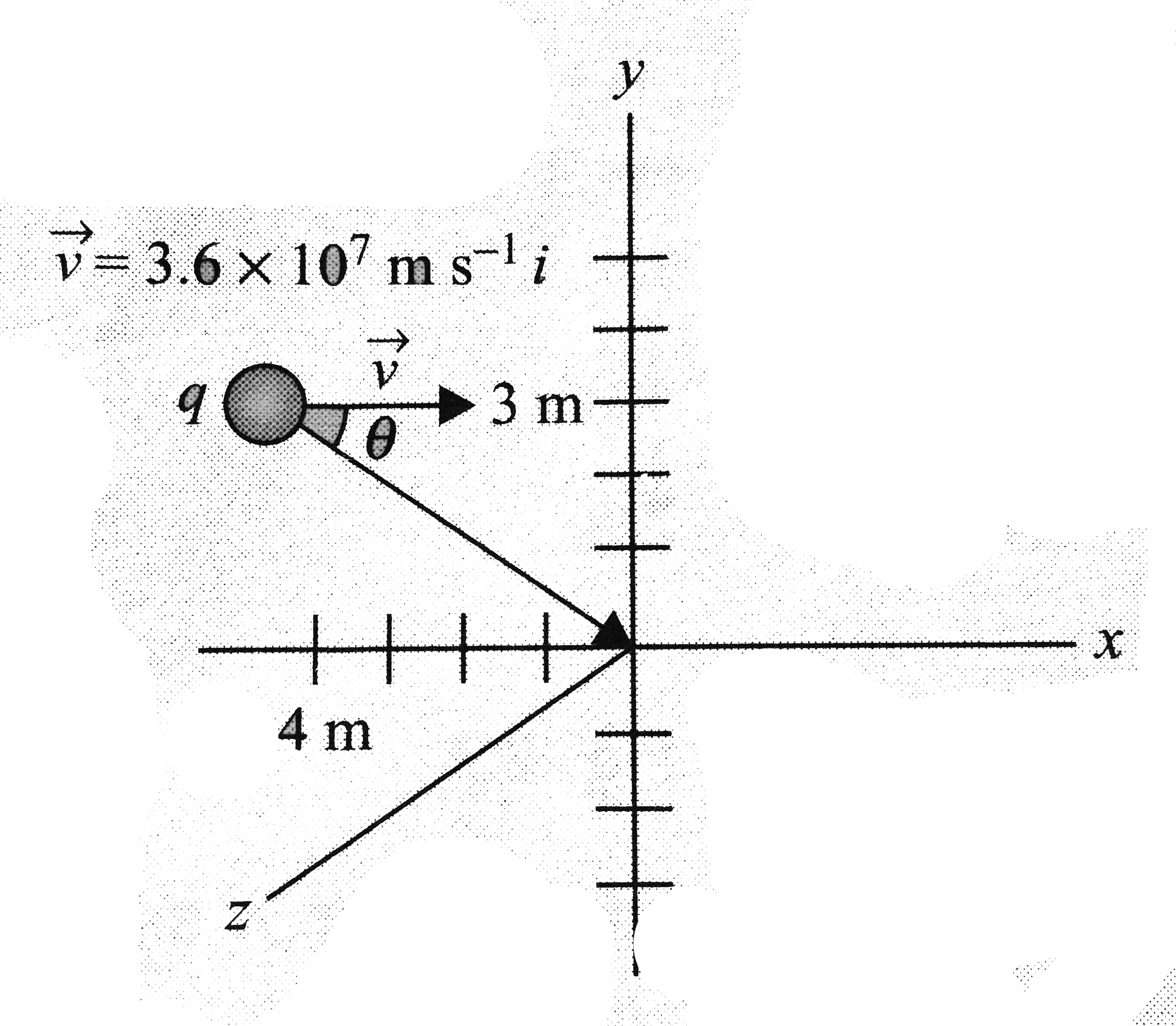Find the area of the region enclosed between the two circles x2+y2=1 and (x−1)2+y2=1
To find the area of the region enclosed between the two circles given by the equations x2+y2=1 and (x−1)2+y2=1, we will follow these steps:
Step 1: Identify the Circles
The first circle x2+y2=1 has:
- Center: (0,0)
- Radius: 1
The second circle (x−1)2+y2=1 has:
- Center: (1,0)
- Radius: 1
Step 2: Find Points of Intersection
To find the points of intersection, we set the equations equal to each other.
From the first circle:
y2=1−x2
Substituting this into the second circle's equation:
(x−1)2+(1−x2)=1
Expanding:
x2−2x+1+1−x2=1
This simplifies to:
−2x+2=1⟹−2x=−1⟹x=12
Now substituting x=12 back to find y:
y2=1−(12)2=1−14=34⟹y=±√32
Thus, the points of intersection are:
(12,√32)and(12,−√32)
Step 3: Set Up the Area Calculation
The area enclosed between the two circles can be calculated by integrating the area above the x-axis and then doubling it due to symmetry.
The area A can be expressed as:
A=2∫120(√1−x2−√1−(x−1)2)dx
Step 4: Simplify the Integrand
The first term is from the first circle:
√1−x2
The second term comes from the second circle:
√1−(x−1)2=√1−(x2−2x+1)=√2x−x2
Thus, the area becomes:
A=2∫120(√1−x2−√2x−x2)dx
Step 5: Evaluate the Integral
Now we evaluate the integral:
1. For √1−x2, we know:
∫√1−x2dx=12(x√1−x2+sin−1(x))
2. For √2x−x2, we can rewrite it as:
√−(x2−2x)=√−(x−1)2+1
This can be evaluated using trigonometric substitution or other methods.
Step 6: Combine and Calculate
After evaluating both integrals from 0 to 12, we combine the results and multiply by 2 to get the total area.
Final Answer
The area enclosed between the two circles is:
Area=2π3−√3
The first circle x2+y2=1 has:
- Center: (0,0)
- Radius: 1
- Center: (1,0)
- Radius: 1
To find the points of intersection, we set the equations equal to each other.
y2=1−x2
(x−1)2+(1−x2)=1
Expanding:
x2−2x+1+1−x2=1
This simplifies to:
−2x+2=1⟹−2x=−1⟹x=12
y2=1−(12)2=1−14=34⟹y=±√32
(12,√32)and(12,−√32)
The area enclosed between the two circles can be calculated by integrating the area above the x-axis and then doubling it due to symmetry.
A=2∫120(√1−x2−√1−(x−1)2)dx
The first term is from the first circle:
√1−x2
√1−(x−1)2=√1−(x2−2x+1)=√2x−x2
A=2∫120(√1−x2−√2x−x2)dx
Now we evaluate the integral:
1. For √1−x2, we know:
∫√1−x2dx=12(x√1−x2+sin−1(x))
√−(x2−2x)=√−(x−1)2+1
This can be evaluated using trigonometric substitution or other methods.
After evaluating both integrals from 0 to 12, we combine the results and multiply by 2 to get the total area.
The area enclosed between the two circles is:
Area=2π3−√3
Topper's Solved these Questions
Similar Questions
A point chanrge of magnitude q=4.5nC is moving with speed v=3.6×107ms−1 parallel to the x-axis along the line y=3m. Find the magnetic field at the origin produced by this charge when the charge is at the point x=−4m, y=3m, as shown in Fig.

View SolutionUsing integration, find the area of the region enclosed between the two circles x2+y2=4 and (x−2)2+y2=4.
View SolutionFind the area of the region enclosed by the curves y=x2 and y=x3
View SolutionFind the area of the region enclosed by the curves
y=x2 and y = 2x
View SolutionFind the area of the region enclosed by the curves y=xlogx and y=2x−2x2.
View SolutionAea of the region nclosed between the curves x=y2−1 and x=|y|√1−y2 is
View SolutionFind the area of the region enclosed by the given curves .
y=cosx,y=1−2xπ
View SolutionFind the area enclosed between first quadrant of a circle x2+y2=16 and line y=x.
View SolutionFind the area of the region bounded by the curves 2y2=x,3y2=x+1,y=0.
View SolutionFind the area of the region enclosed by the given curves .
y=x3+3,y=0,x=−1,x=2
View Solution
